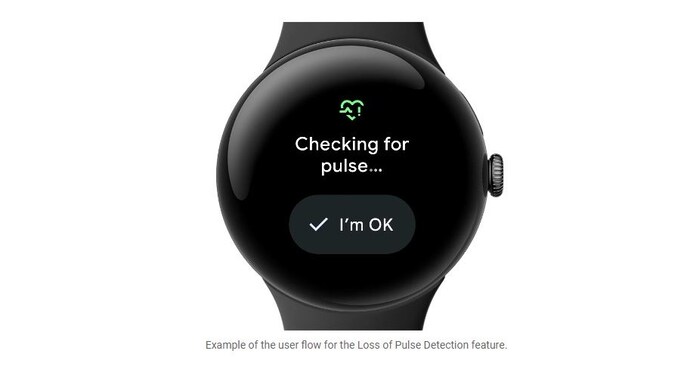Not just another Android smartwatch, Pixel Watch 3 now comes with pulse loss feature
The Pixel Watch 3 introduces a life-saving ‘Loss of Pulse’ feature, which is a significant advancement for Android smartwatches. This innovation brings them closer to the life-saving capabilities of the Apple Watch.
Listen to the story

There are many stories of people saving lives thanks to the Apple Watch’s advanced health features. Until now, no Android smartwatch has offered anything that compares to it. But that changes with Google’s announcement of the Pixel Watch 3, which introduces a game-changing upgrade: the lack of a pulse feature, a potentially life-saving innovation. It’s a significant step forward for Android smartwatches, bringing them closer to the life-saving capabilities already unique to the Apple Watch.
What is loss of pulse?
Pulmonary failure, also known as cardiac arrest, occurs when the heart suddenly stops beating. It is a medical emergency in which every minute counts, as the chances of survival rapidly diminish without immediate intervention. This condition can happen to anyone, regardless of age, and it can be caused by a variety of reasons such as cardiac arrest, respiratory failure, overdose or poisoning. In these critical moments, quick access to emergency care is vital, but the reality is that many of these incidents occur when the person is alone. If a person cannot recognize the emergency and call for help, the chances of survival are greatly reduced.
This is where Google’s Pixel Watch 3 steps in with its innovative Loss of Pulse Detection feature. This opt-in feature is designed to detect loss of pulse and automatically contact emergency services if the user is unresponsive.
How the pulse loss detection feature works
Loss of pulse detection works by continuously monitoring the user’s heart rate through the Pixel Watch 3’s advanced sensors. If the sensors detect signs of pulselessness, additional checks are performed using infrared and red lights, while motion sensors assess whether the user is moving. An AI-powered algorithm processes these signals to confirm whether a loss of pulse event is occurring. If the algorithm determines that the user’s pulse has stopped and there is no response to the watch’s signals, it escalates the situation by sounding an audio alarm and beginning a countdown. If there is still no response, the watch will automatically call emergency services, provide them with the user’s location and inform them that no pulse has been detected.
Developing such a feature was no small feat. Google worked closely with cardiologists and emergency medicine professionals to improve the technology. The AI algorithm was trained using data collected in clinical settings, providing unique insights about pulse loss. Testing included not only simulations but real-life scenarios with stunt actors, ensuring the feature’s effectiveness in real-world situations.
Pulse detection will be available on Pixel Watch 3 starting in September, initially rolling out to several European countries including the UK, France and Sweden, with plans to expand further. This feature, alongside other features like fall detection, car crash detection and irregular heart rhythm notifications, reinforces Google’s commitment to make Pixel Watch 3 a true guardian of health and safety, not just a device for convenience.





